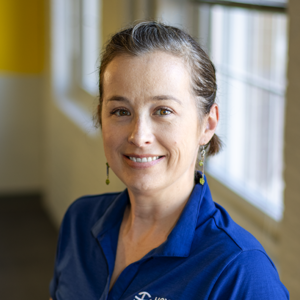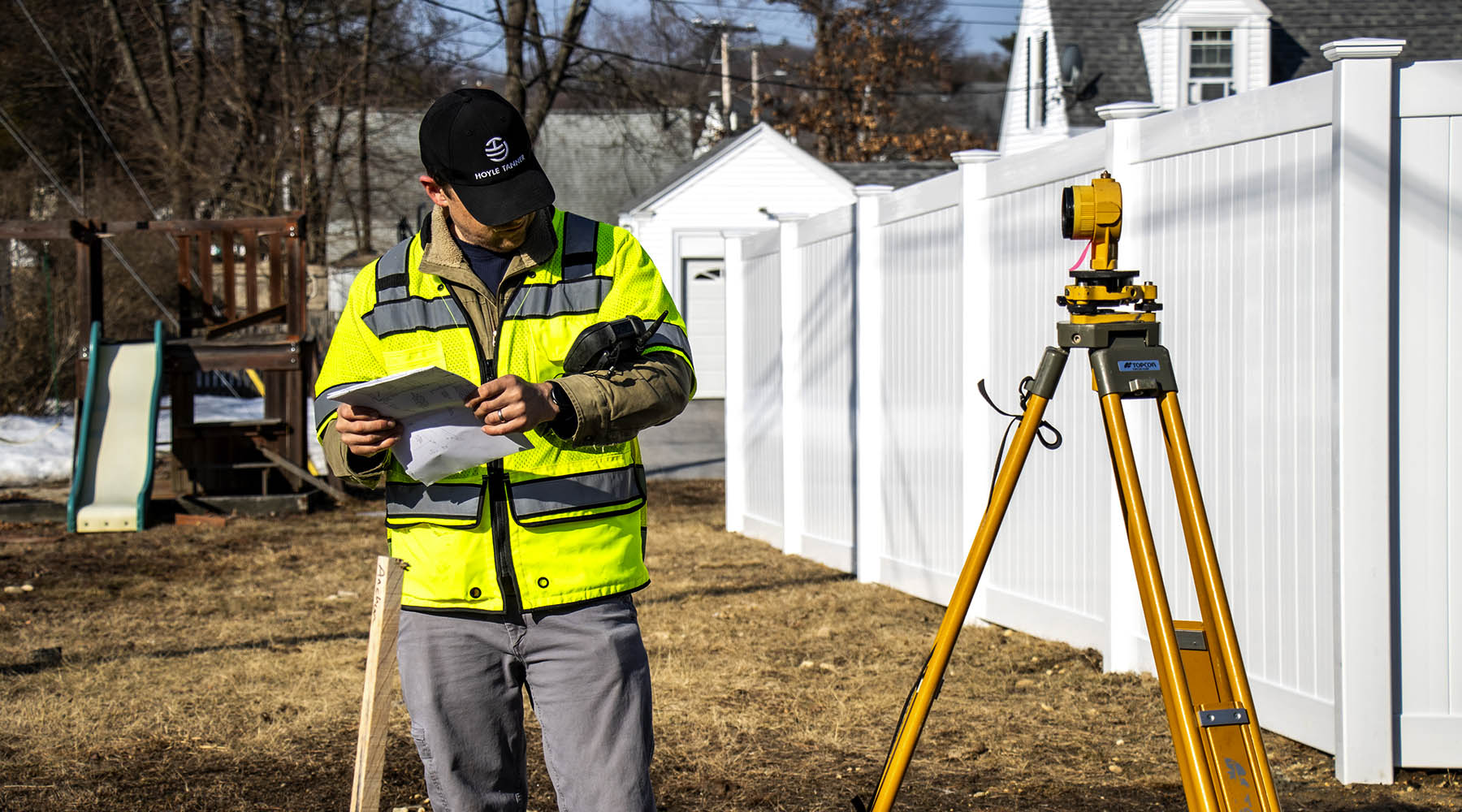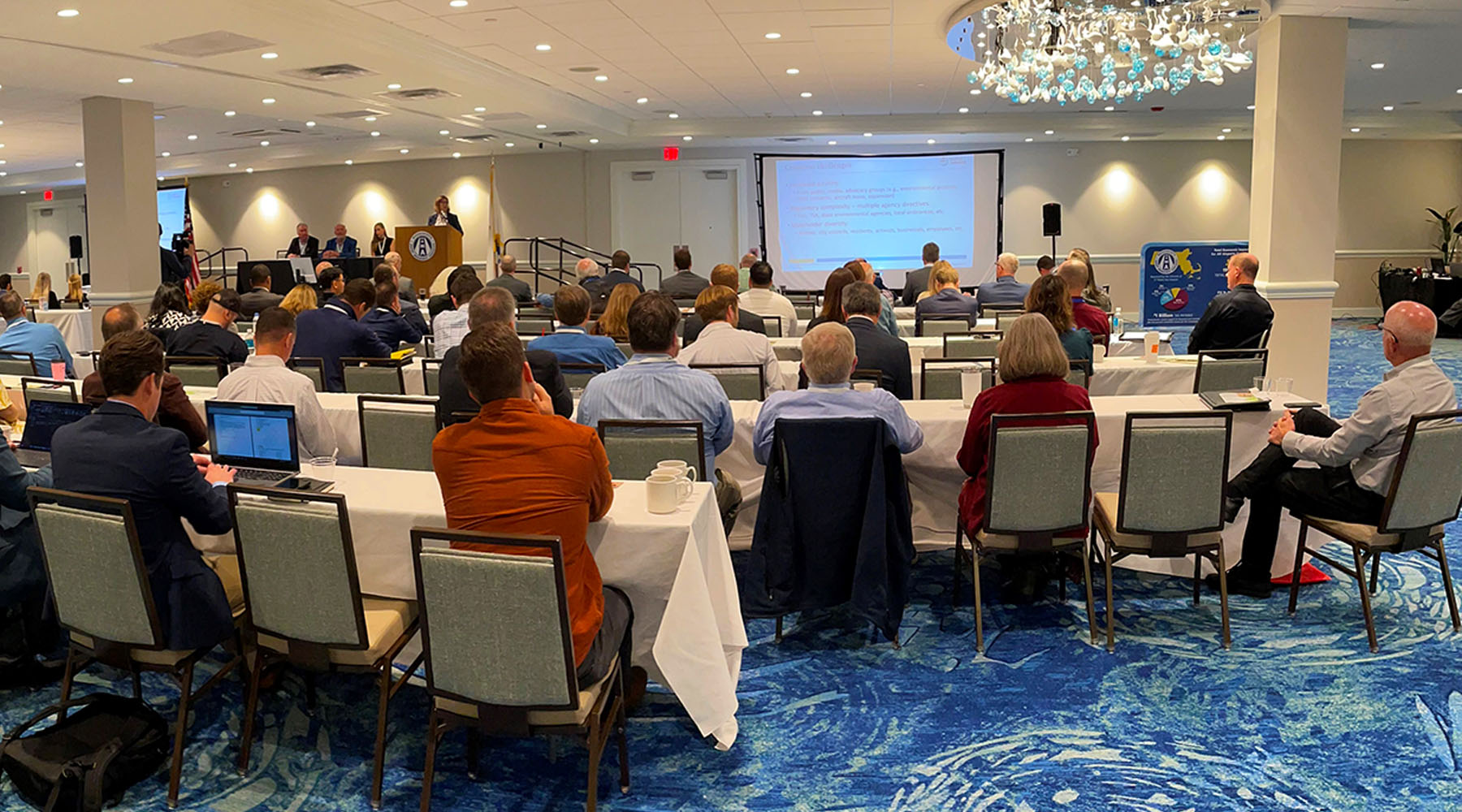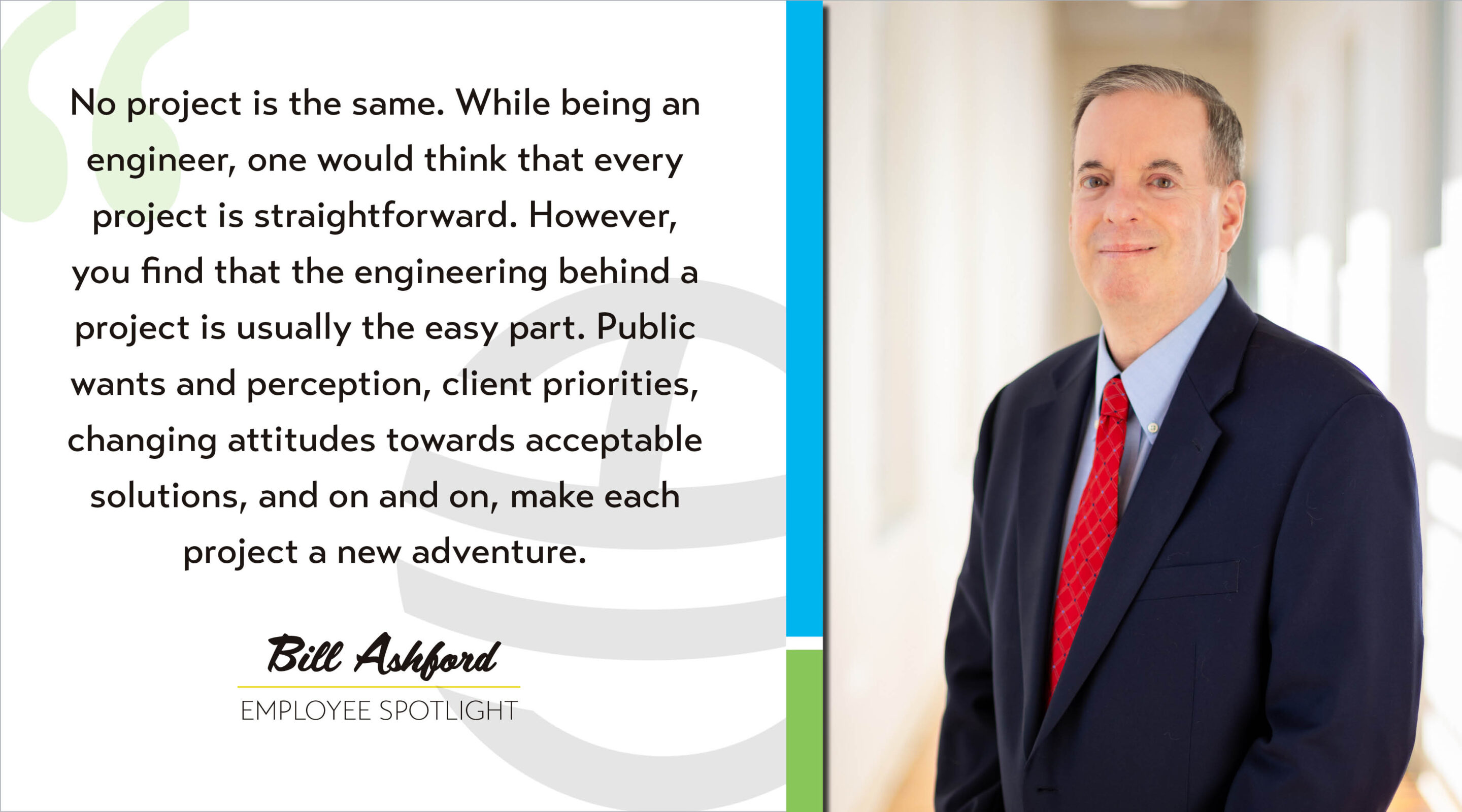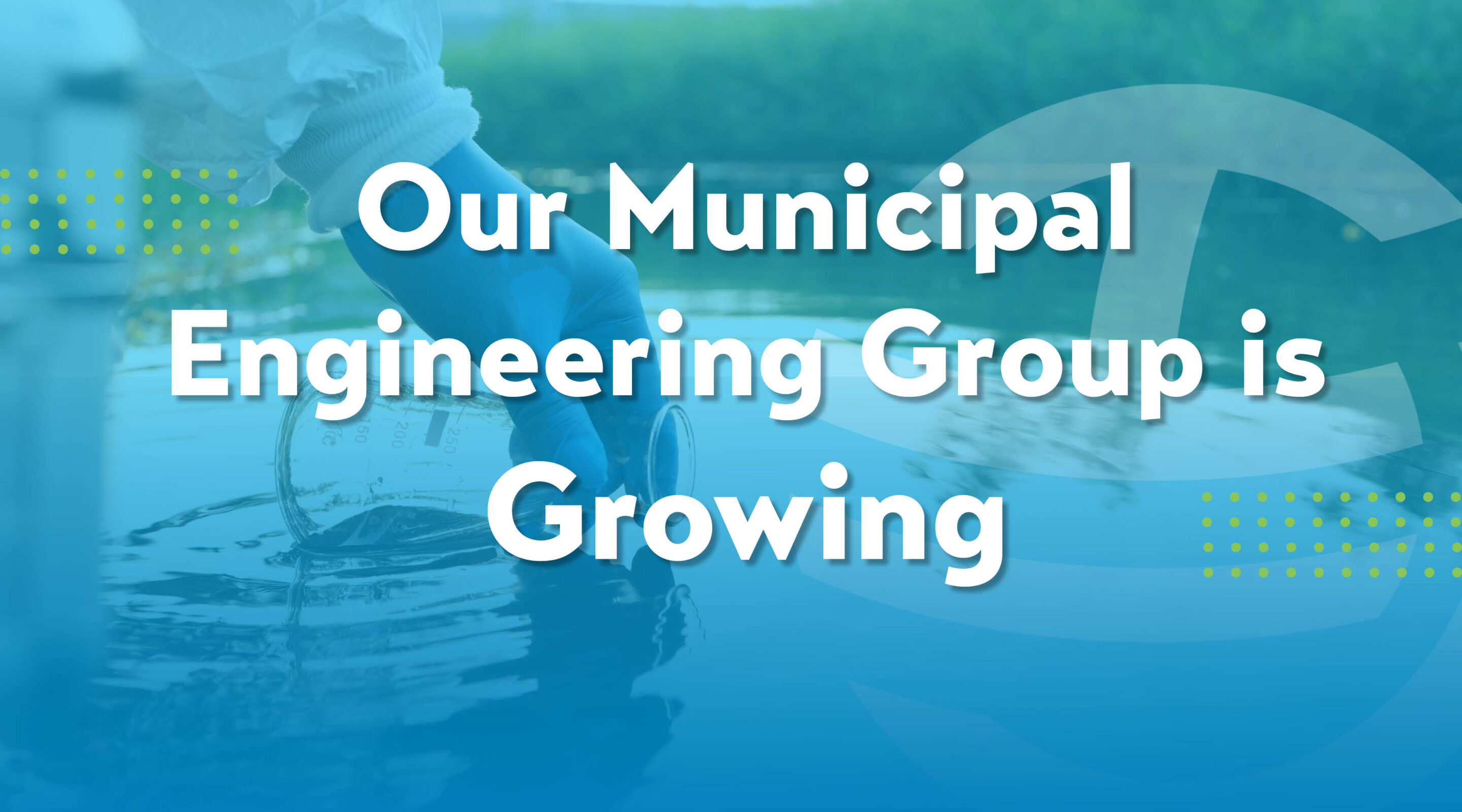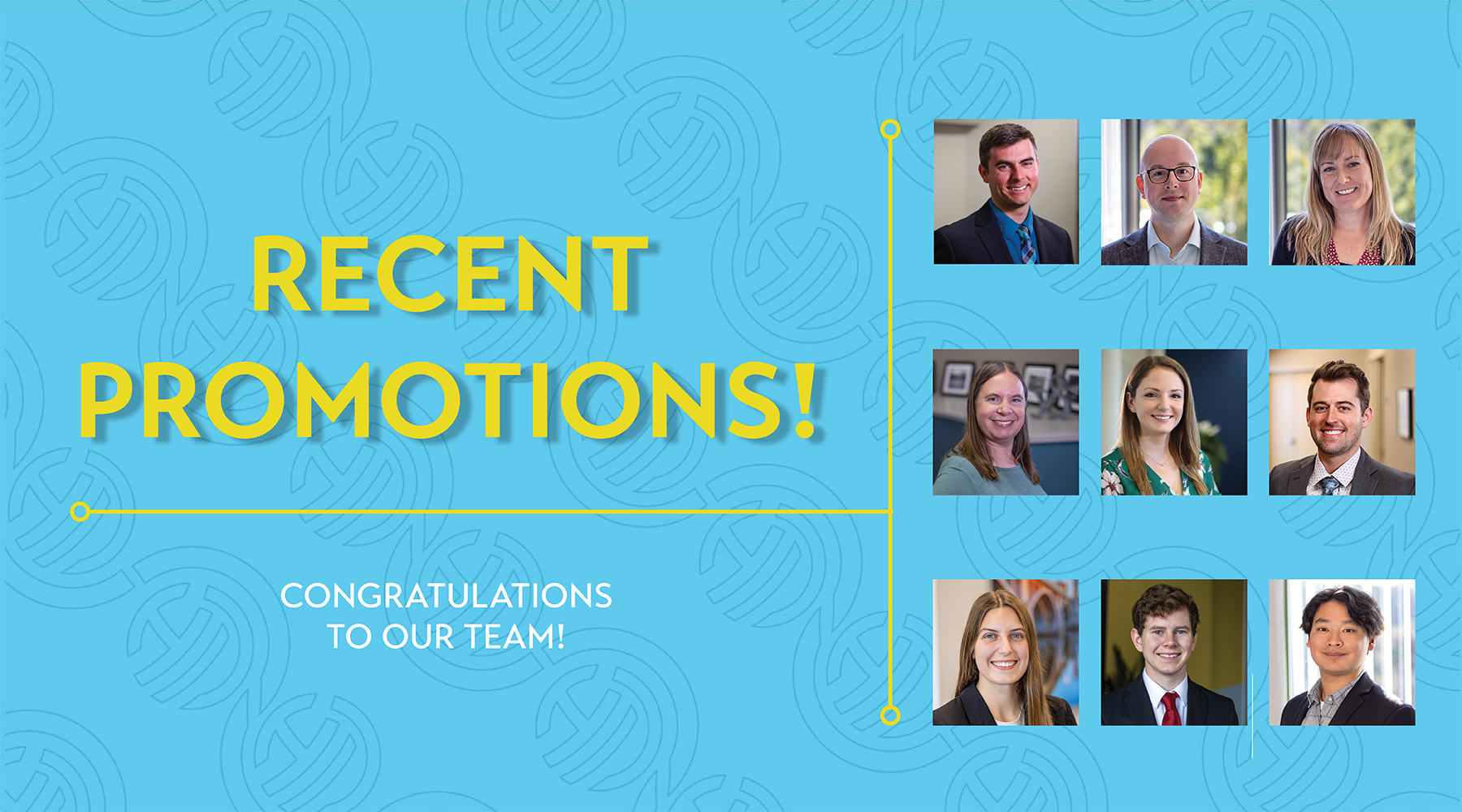Prior to my career with Hoyle Tanner, I spent many years as a State Agency Wildlife Biologist with my primary focus on monitoring and managing “game” species of wildlife. These species include many kinds of birds and mammals that can be legally trapped or harvested to help balance their populations by making sure they and their habitats are healthy and have enough natural food and cover sources, which in turn helps them successfully coexist with people.
Since coming to Hoyle Tanner and focusing on permitting and regulatory compliance, I have learned an incredible amount working with our engineers and our amazing environmental staff such as Environmental Coordinator Deb Coon to review projects for the potential to affect species that are protected under the Endangered Species Act (ESA). For a great refresher on everything ESA in a nutshell, our fearless environmental permitting leader and Senior Environmental Coordinator Kimberly Peace wrote a very informative article in 2022: The Endangered Species Act – Saving the “Fluffy” Species? It has been a dramatic change for me to focus my efforts on conserving rather than managing wildlife species.
A Radical Shift in Perspective

The irony in an experienced Wildlife Biologist such as myself having to shift focus so radically is the fact that it actually is not that radical, it’s all a matter of perspective. Many terms and concepts that are related to species protected under the ESA are also directly applicable to wildlife whose populations need to be regulated. For example: In Kimberly’s article, she described the idea that species are often identified for protection under the ESA because they are key to the regional ecological cycle, i.e. keystone species. The sea otter which is endangered under the ESA loves to feed on sea urchins, and when otter numbers in many parts of the country fell due to demand for their pelts, sea urchins boomed and munched their way through kelp beds, which altered the ecosystem for the other fish and marine life dependent on the kelp forest. Thus, protecting the sea otter then protects a variety of other species. On the flip side of this, many scientists and biologists focusing on the management of “game” species of wildlife consider the white-tailed deer to be the poster child of keystone species. White-tailed deer love to eat young herbaceous (green and yummy) plants that often include young tree seedlings. When deer are too abundant and eat all the young tree seedlings, the mature trees continue to grow with no young trees to replace them, effectively reducing the availability of young forest or “early successional” habitat that many species (including some endangered species such as a local ESA celebrity, New England cottontail, and an ESA candidate species the monarch butterfly) rely on.
Another concept Kimberly introduced in her article is “umbrella” species. Unlike keystone species, these animals don’t directly impact the ecosystem they inhabit but can indirectly benefit many species and ecosystems substantially. The example of the federally endangered Florida panther that Kimberly used is perfect to illustrate this concept. They generally have a home range of several hundred miles so by leaving large areas unfragmented and undeveloped for the Florida panther, there is habitat protection for all the other species in these areas. In contrast to this, a heavily managed species that is legally harvested in many states is the American black bear. Black bears need to be managed in part to help reduce conflicts with people such as getting into our garbage, damaging property and having negative run-ins with livestock. As an umbrella species in our neck of the woods in the eastern United States (pun intended), black bears rely very heavily on nuts produced by American beech trees; when beech habitat is protected for black bears, it can also benefit a great number of additional species who utilize the high-quality food and habitat resources these unique forests provide.
Realizing that these kinds of ideas and concepts are consistent across different species boosted my confidence. It assured me that I had all the necessary tools to effectively advocate for our clients and their projects, while ensuring adherence to the Endangered Species Act.
Realizing that these kinds of ideas and concepts are consistent across different species boosted my confidence. It assured me that I had all the necessary tools to effectively advocate for our clients and their projects, while ensuring adherence to the Endangered Species Act.
Walking through the woods with Fresh Eyes
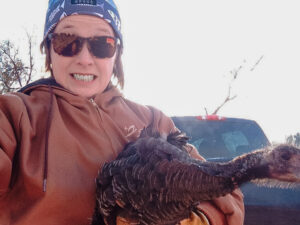
My knowledge and years of experience as a wildlife biologist has enabled me to walk through the woods with different eyes than the layperson. Historically, I would look for tracks in the mud or snow, scat (there’s an amazing amount of information you can learn from looking at wildlife poop), signs of animals bedding, feeding and nesting etc. Now, with my newly added confidence and experience with project review under the lens of the ESA in tow, I walk through the woods with a more refined perspective. While I still look for the same signs of wildlife I mentioned above, I now look at things such as an old dead tree with peeling bark or aerial maps of a forested lot and wonder if bats are roosting in there (such as the Tricolored bat which is proposed to be listed as endangered under the ESA). I now will review the plans of a bridge project or assist our Wetland Specialist and fellow Wildlife Biologist Joanne Theriault with a delineation and look for remnants of shells on a shoreline and wonder about the federally endangered dwarf wedgemussel. Examples such as this illustrate how my job is to be diligent with all aspects of the ESA and I am one of those professionals who believe that you are never too old to learn and grow.
We all Want to Protect Our Natural World
Actions we take that may impact our natural world require consideration at many different levels. From the smallest bug to the largest, “fluffiest” mammal (thanks Kimberly for the great term), my background as a Wildlife Biologist and willingness to keep an open mind has prepared me well and given me a comprehensive perspective to hit the ground running with my work here at Hoyle Tanner. It has also reaffirmed to me the idea that everything is related, and we must look at our projects with a very broad lens to prioritize species protection under the ESA. Whether you are a die-hard hunter who likes looking at antlers on a deer, a community leader who wants to replace a local culvert to make travel safer and enhance water quality, or a passionate naturalist who loves nothing more than walking in the woods and looking at bugs – we all want to protect our natural world which includes our endangered species.
What Can you Do?
There are many publicly available and reputable resources you can use to help educate yourself on the plant and animal species that may be in your area. You can educate yourself on how to identify them, whether it be by sight or sound (or signs that it was or is in an area). One example is an amazing resource from the Vermont Center for Ecostudies, the Vermont Atlas of Life. Then, projects that involve public funds whether it be municipal, state, or federal, generally require a period where they welcome public comments on the project. If you know of an endangered species or other species of interest living in the area and you feel strongly about its conservation, you can be a good steward by providing any comment or concern to ensure it is given the consideration it deserves during the planning and construction phases of the project. To me, self-education and advocacy leads to a well-rounded Conservationist.
What Can we Do for You?
Our environmental team is passionate about educating the public on local species and advocating for their protection. We bring this holistic knowledge to our clients’ projects: our approach includes attention to detail, easy-to-read yet thorough graphic materials, and effective public presentations. We recognize the difficult balance between project needs and regulatory restrictions and are aware of the decisions and political processes required to complete a proposed project. We’re here to help; please reach out to me if you have a species concern in your community!


